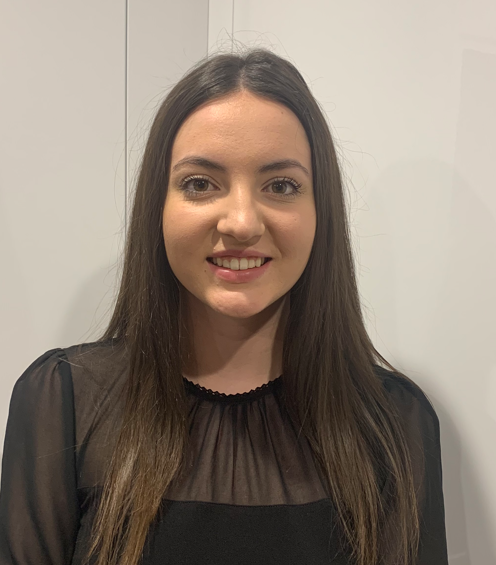Share
Glaucoma can affect our vision and the ability to drive safely. It is important to be aware of how glaucoma can influence driving as well as the standard your vision must meet to be able to legally hold a driver’s licence.

Glaucoma can cause peripheral visual field loss, reduced contrast sensitivity, decreased depth perception and impaired dark adaptation. This can result in reduced awareness of objects and pedestrians, difficulty adjusting to changing lighting conditions as well as difficulty discerning hazards on the road. Due to these issues, an eyesight test from an eye health care practitioner is required to renew your licence to ensure you are fit to drive.
From June 2022, adjustments have been made to the fitness to drive criteria for vision and eye disorders. These revisions involved extensive consultations with the Royal Australian and New Zealand College of Ophthalmologists (RANZCO), Optometry Australia and Orthoptics Australia.
The updated criteria states that Australian drivers must meet the following standards to be able to hold a driver’s licence:
- Visual acuity of 6/12 or better
- Visual fields:
- Binocular visual field with horizontal extent of at least 110 degrees within 10 degrees above and below the horizontal midline
- No significant visual field loss within a central radius of 20 degrees of the foveal fixation
- No significant visual field loss with more than four contiguous spots within a 20-degree radius from fixation
- No double vision within 20 degrees from central fixation
Drivers who meet the above eligibility criteria without glasses can hold an unconditional licence. Drivers who require glasses, contact lenses, or orthokeratology to meet the vision standards will hold a conditional licence. The use of visual correction required will also be listed on your driver’s licence. These criteria are for a normal car licence. For anyone who requires a commercial licence (carrying passengers professionally) or heavy vehicle licence, the criteria are stricter.
The inclusion of orthokeratology to meet the fitness to drive criteria was added as part of the 2022 update. Orthokeratology involves the use of customised contact lenses worn overnight to reshape the cornea of the eye. This corrects vision and effects can last at least a full day. Effects are temporary, so contact lenses must be worn regularly to maintain good vision.
Drivers with vision in one eye only (monocular) may hold a conditional licence if they meet the above fitness to drive criteria. These drivers are now subject to review every 2 years by the driver licencing authority under the updated criteria.
Neryla Jolly is a registered Orthoptist who conducts detailed vision assessment for fitness to drive for the Driver Licensing Authority. During her 20 years of experience in the field of vision and driving, she has noticed that “although providing patients with a negative outcome when it comes to their driver's licence can be difficult, I have found that when they are shown their defective results and are compared to a normal result, then the significance of the reduction is understood and they can better accept the reason.”
Dependent on your individual situation, your eye health care practitioner may consider a restricted journey licence. The purpose of a restricted licence is to ensure that you are travelling in familiar areas, where dangerous traffic spots and markings are well known. This enhances the ability to concentrate on other drivers and their behaviours on the road. In many cases the restricted travel distance is enough to ensure essential trips including buying groceries or medications can be completed independently.
It is important to reach out to your eye health care practitioner for any clarification on the updated Australian fitness to drive criteria. Viewing your own vision results may help build an understanding on the exact reason for the loss of an unconditional driver’s licence.
References
Neryla Jolly, The orthoptist’s role in vision and driving (2022). https://www.insightnews.com.au/the-orthoptists-role-in-vision-and-driving/
Haymes SA, LeBlance RP, Nicolela MT, Chiasson LA, Chauhan BC. Glaucoma and on-Road Driving Performance. Investigative Ophthalmology & Visual Science. 2008;49(7):3035-3041.
Austroads (2022), Assessing Fitness to Drive. https://austroads.com.au/publications/assessing-fitness-to-drive/ap-g56/vision-and-eye-disorders/medical-standards-for-licensing-11
Austroads (2022). Summary of changes. https://austroads.com.au/drivers-and-vehicles/assessing-fitness-to-drive-2017/summary-of-changes-archived
Bullimore MA, Johnson LA. Overnight orthokeratology. Contact Lens and Anterior Eye. 2022;43(4):322–332.
Service NSW (2022). Apply for a restricted journey licence. https://www.service.nsw.gov.au/transaction/apply-restricted-journey-licence



